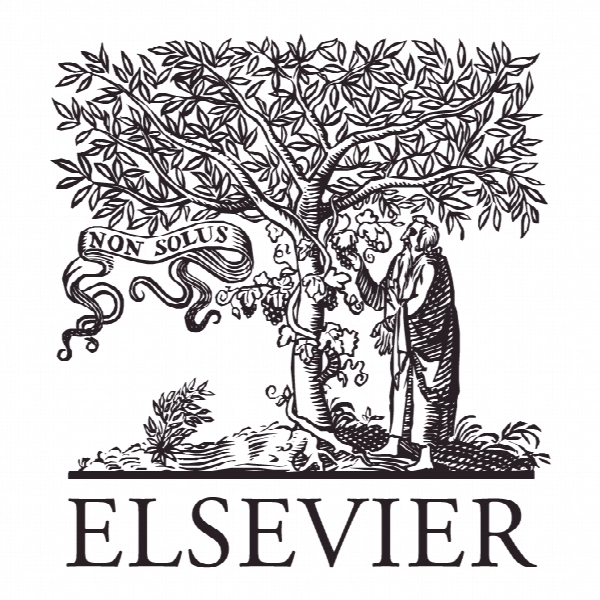ارزیابی عملکرد مولد: یک رویکرد جدید براساس یک مساله سازگاری محصول با تحلیل پوششی داده ها Evaluating productive performance: A new approach based on the product-mix problem consistent with Data Envelopment Analysis
- نوع فایل : کتاب
- زبان : انگلیسی
- ناشر : Elsevier
- چاپ و سال / کشور: 2017
توضیحات
رشته های مرتبط مهندسی برق
گرایش های مرتبط ماشینهای الکتریکی
مجله امگا – Omega
دانشگاه مرکز تحقیقات عملیاتی (CIO)، میگلر هرناندز، اسپانیا
نشریه نشریه الزویر
گرایش های مرتبط ماشینهای الکتریکی
مجله امگا – Omega
دانشگاه مرکز تحقیقات عملیاتی (CIO)، میگلر هرناندز، اسپانیا
نشریه نشریه الزویر
Description
1. Introduction Efficiency evaluation in production of whatever type of private firm or public organization has been a relevant topic for managers and policy makers, as well as an area of interest from a practical and methodological point of view in both engineering and economics [13,18]. The main aim of such assessment is to analyze the efficiency of a set of observations: generally termed DMUs (Decision Making Units) that use several inputs to produce several outputs, by comparing their performance with respect to the boundary of a production possibility set, and using to that end a sample of other observations operating in a similar technological environment. In the case of producing only one output the interest lies with the notion of production function, which represents the maximum product obtainable from the input combination at the existing state of technical knowledge. The usual methods for measuring technical efficiency of production need explicitly or implicitly to determine the boundary of the underlying technology, which constitutes the reference benchmark. Its estimation allows calculating the corresponding technical inefficiency value for each DMU as the deviation of each activity or production plan to the set of optimal ones, represented by the frontier of the production possibility set or, if it is the case, by the industry production function. Regarding the determination of the technology in practice, before Farrell’s [17] seminal contribution, economists used to specify parametrically the corresponding production functions, e.g., a Cobb-Douglas function [12], relying on Ordinary Least Squares (OLS) regression analysis to estimate an ‘average’ production function, and assuming that disturbance terms had zero mean. This was a patently unsatisfactory estimation, as it did not follow the traditional (frontier) definition of production functions in microeconomics as the maximal feasible output for each input combination considered. Farrell [17] was the first in showing, for a single output and multiple inputs, how to estimate an isoquant enveloping all the observations. He based his significant contribution on the construction of a production possibility set that satisfied two usual axioms: convexity and monotonicity. In this way, the most conservative estimation of the production possibility set may be obtained through the determination of the minimal set that envelops the observations and, at the same time, meets the two aforementioned axioms [16, p. 255]. Farrell’s principle of conservation, now known as ‘minimal extrapolation’, leads to the estimation of a piece-wise linear isoquant in the input space. For the application of his method to a dataset from the US agricultural sector, Farrell resorted to finding out all the facets of the piece-wise linear frontier by applying more or less sophisticated combinatorial methods. The work of Farrell represented an enormous advance in the measurement of efficiency of production by showing how to decompose cost efficiency into technical and allocative counterparts. His contribution constitutes the first implementation of Debreu’s coefficient of resource utilization [14] and Shephard’s input distance function [35]. Although Farrell also dealt with the possibility of approximating a Cobb–Douglas production function from the previously estimated piece-wise linear isoquant, as a way of summarizing in a few parameters the main features of the underlying technology, Farrell’s approach can be categorized in the current area of non-parametric techniques (see Diagrams 4, 5, 7 and 8 in [17]), since it is not necessary to identify a priori the specific mathematical formulation of the industry production function to be estimated. This line of research, initiated by Farrell, was later taken up by Charnes et al. [9] and Banker et al. [7], resulting in the development of the Data Envelopment Analysis (DEA) approach, in which the determination of the frontier is only restricted via its axiomatic foundation, mainly convexity and minimal extrapolation. Another paper working in this same line, is that by Afriat [2], showing how to determine a production function with the property P (e.g., non-decreasing concavity) that represents the set of observations to be as nearly efficient as possible. Under the production of only one output, the estimated production functions suggested by Afriat coincide with those associated with what later was known as DEA. A more natural sequel than the DEA literature of the previous work done by econometricians, even before Farrell’s contribution, would be Aigner and Chu [1], who show how to apply a technique based on mathematical programming to yield an envelope ‘parametric’ Cobb–Douglas production function by controlling the sign of the disturbance terms and, therefore, allowing to make the traditional interpretation of the production function in microeconomics.


